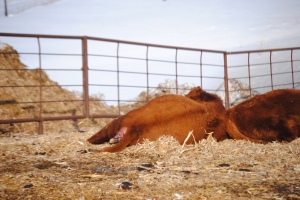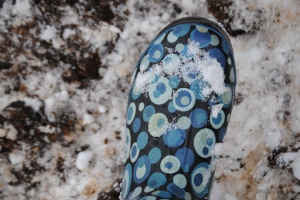According to my calendar, we’re entering another week of government shutdowns…and it doesn’t appear as if there is an end in sight. After this weekend’s early blizzard in the upper Midwest, I have a few things that are on my mind.
Apparently Mother Nature didn’t get the memo that there was a government shutdown. In fact, Mother Nature decided to show many just who is in charge…and it was a hard lesson learned. They estimate that as many as 100,000 cattle have died from the results of the massive blizzard that took many by surprise.
Yes, snow in October is expected. But this was more than snow.
And where is the assistance? The websites of information that could be used to help? Oh, sorry, didn’t you hear about the furlough?
But don’t worry, while the government is shutdown, hosting its own two-year-old tantrum, claiming that no one wants to play fair, workers that aren’t guaranteed pay are pitching in to help, organizations are offering services to connect those that have lost cattle and those that have found cattle, setting up sites for information and tips on how to make sure your losses are reported.
At a time when assistance from elected officials could be felt the most, there is no one there to answer the phone.
#DearCongress: Mother Nature is not on furlough. Farmers and ranchers are not on furlough. Emergency workers are not on furlough. It’s time to do what you were elected to do…grow up and represent our country, lead us to a better future, not down a path of destruction.
On the plus side, perhaps this shutdown will lead many to decide that it is time to step out of the shadows and start becoming actively involved in our government. Remember, this is our government…not just the government.
Run for office, whether it be township, county commission, school board, state or local offices. Let your voice be heard. Write letters. Make phone calls. It is well past the time to start charting our course back on track.
We cannot go back and change the actions of the past, but we certainly can make sure that our future is a different story.
A government shutdown will not have an impact on Mother Nature. But it can unite us in a drive to finally do what we should have been doing all along…be involved.


























